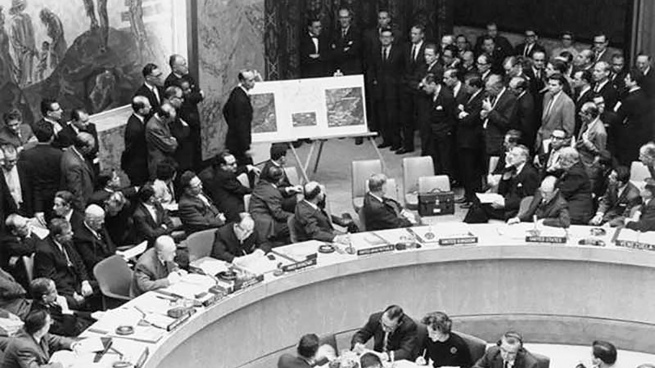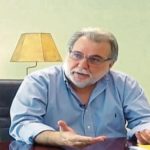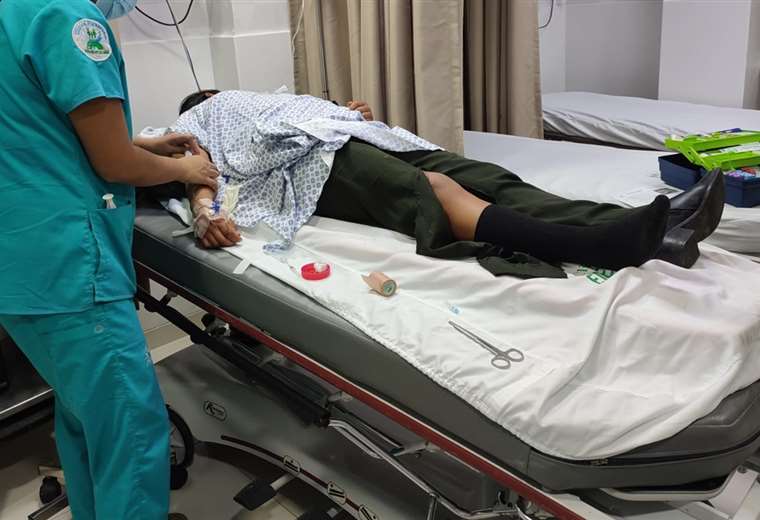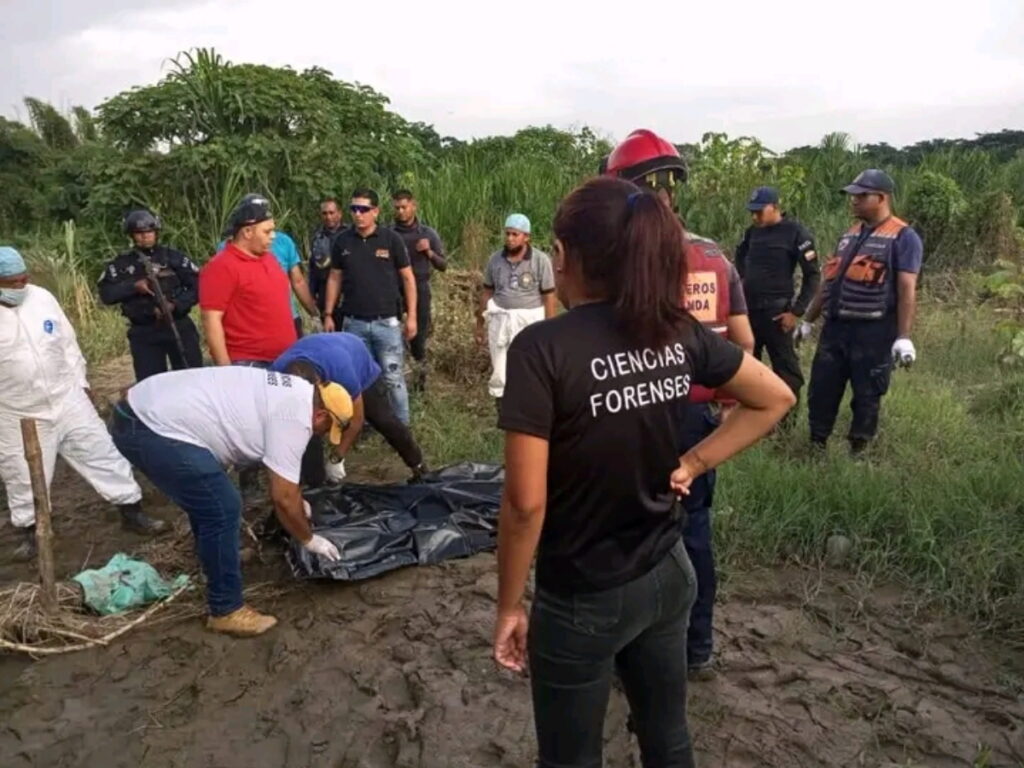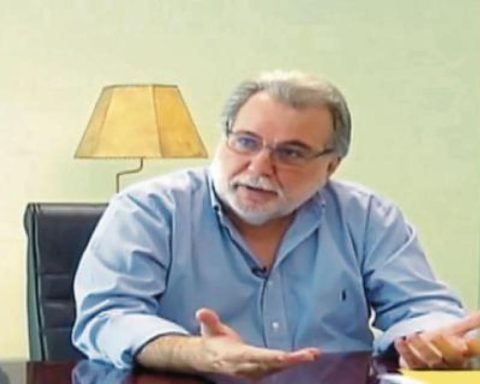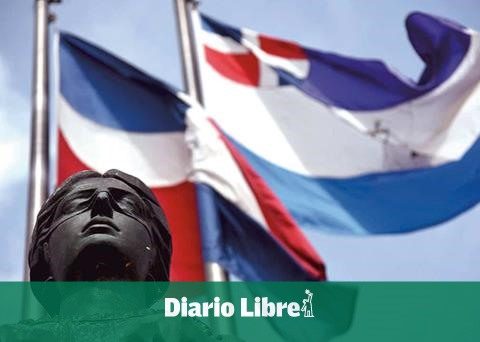The world, which for the past eight months has been shocked to attend the war between russia and ukraine and the consequent concern that it escalate into a nuclear confrontation, experienced a similar situation 60 years ago in the so-called missile crisis, an episode that came within hours of unleashing an atomic war between the Soviets and the United States.

They were at least 13 days that kept around 3,000 million people who inhabited the world in suspense, many of whom had fresh memories of the Second World War, concluded just 17 years earlier, which had left a bipolar world dedicated to space race and the Cold War: the confrontation between those who, fighting on a par, had managed to put an end to the imperialist and genocidal dreams of Adolf Hitler.
History recognizes as the date of beginning of the crisis on October 14, 1962with the discovery of Soviet missile ramps in socialist Cuba that emerged almost three years ago with the Castro revolution, a real stone in the shoe for the undisputed leader of the West, the United States.
Soviet missiles had begun to arrive in Cuba in June of that year in the framework of the secret operation baptized Anadir and their presence had not come out of nowhere.
On January 3, 1961, a year after the beginning of the government of the Revolution, led by Fidel Castro, the president of the United States, Dwight Eisenhower, broke off diplomatic relations with Cuba, and three months later he attempted to invade the Caribbean island at Playa Girón.
However, the attempt, which included the participation of some 1,500 soldiers who had been trained by the Central Intelligence Agency (CIA) in Guatemala, quickly failed in the face of resistance from the revolutionary troops.

For the great world power it was a bad drink, so difficult to digest that it made the CIA chiefs look for other methods of intervening in the rebel island, such as the so-called Operation Mongoose, which organized acts of sabotage, infiltrations and attacks that would destabilize the Cuban government.
That 1962 had also begun with another diplomatic coup, when the Organization of American States (OAS), pressured by the US, decided to expel Cuba from its fold.
Faced with this scenario, In June 1962, Cuba and the Soviet Union agreed to install nuclear missiles on Cuban territory.in the conviction that it was the only way to dissuade Washington from attempting further invasions.
October 1962
On October 22, President John F. Kennedy spoke on television to the American people to reveal the existence of Soviet missiles in Cuba and announce his decision to impose a naval encirclement around the island.
The Democratic leader detailed in his message that the Soviet Union had installed 42 missiles with the capacity to load nuclear warheads on the island and warned his people that they might have to pay, once again, “the price of freedom”, in obvious reference to the incorporation of the US into the allied forces in World War II.
The next day, large numbers of US warships and warplanes were deployed in the Caribbean Sea area.
On the 24th, the Soviet leader Nikita Khrushchev communicated to Kennedy that his country considered the blockade an aggression.
A day later, the OAS imposed sanctions on the Cuban government and established a naval blockade to prevent the arrival of Soviet ships to the island.
Faced with the prospect of the start of an open war, on October 26 Khrushchev informed Kennedy that he would withdraw his ships from the Caribbean if the US government gave up trying to overthrow the Castro government.
On the 27th, Soviet air defenses shot down an American spy plane that was flying over the island. The tension was growing hour by hour and only a space for dialogue could avoid a worldwide confrontation with the use of atomic weapons.
Khrushchev insisted to Kennedy that the USSR was willing to dismantle the ramps in exchange for the guarantee that the US would not carry out or support an invasion of the island and would deactivate the NATO missile bases located in Turkey.
In a race against time, Soviet and American diplomats conducted secret negotiations throughout the 27th, in the certainty that this could be the last chance for peace.
Kennedy and his cabinet accepted the Soviet offer in the early hours of the 28th, with which an agreement was reached and the crisis was overcome.
The negotiation was between the US and the USSR, even when the missiles were on Cuban soil. Fidel thus learned that Cuba would be, like the rest of the countries of the world, only the recipient of the joys or misfortunes that these negotiations would bring.
November
In the first days of November, US aerial espionage verified that Soviet ships were withdrawing the nuclear weapons deployed in Cuba.
On November 20, the United States government ended its naval patrols.
Two days later, the The Kremlin informed Castro that his military presence on the island would be limited to the use of conventional weapons.
The missile crisis lasted just two weeks, but it marked a before and after in the bipolar world and in the relationship between the US and the USSR.
The two superpowers created a channel for dialogue, which the world ended up incorporating with the myth of the red telephone and, the following year, together with the United Kingdom, they signed the treaty to ban nuclear tests in the atmosphere, the first official acknowledgment of the fear that they shared all the powers, on one side and the other of the iron curtain.
A week ago, the US president Joe Biden he recalled this historical fact when assuring that the world is currently stalked by a nuclear “Armageddon” for the first time since the Cold War: “For the first time since the missile crisis in Cuba, we have a direct threat from the use of nuclear weapons.”
